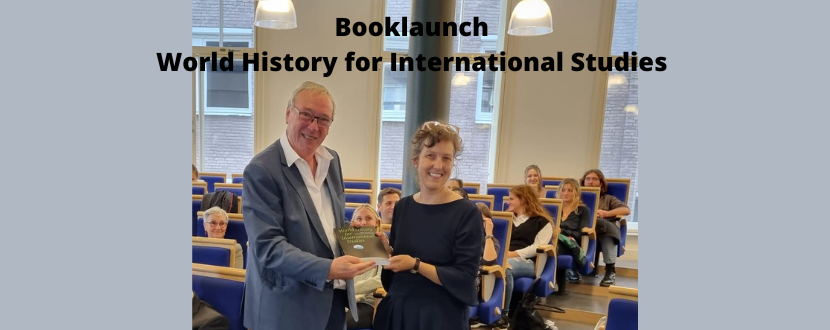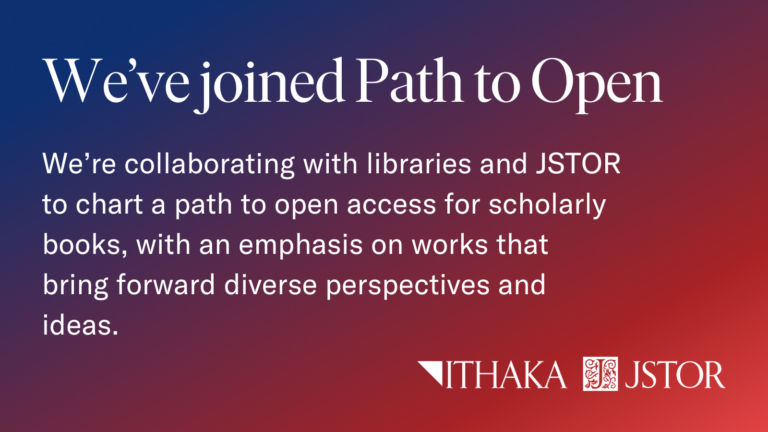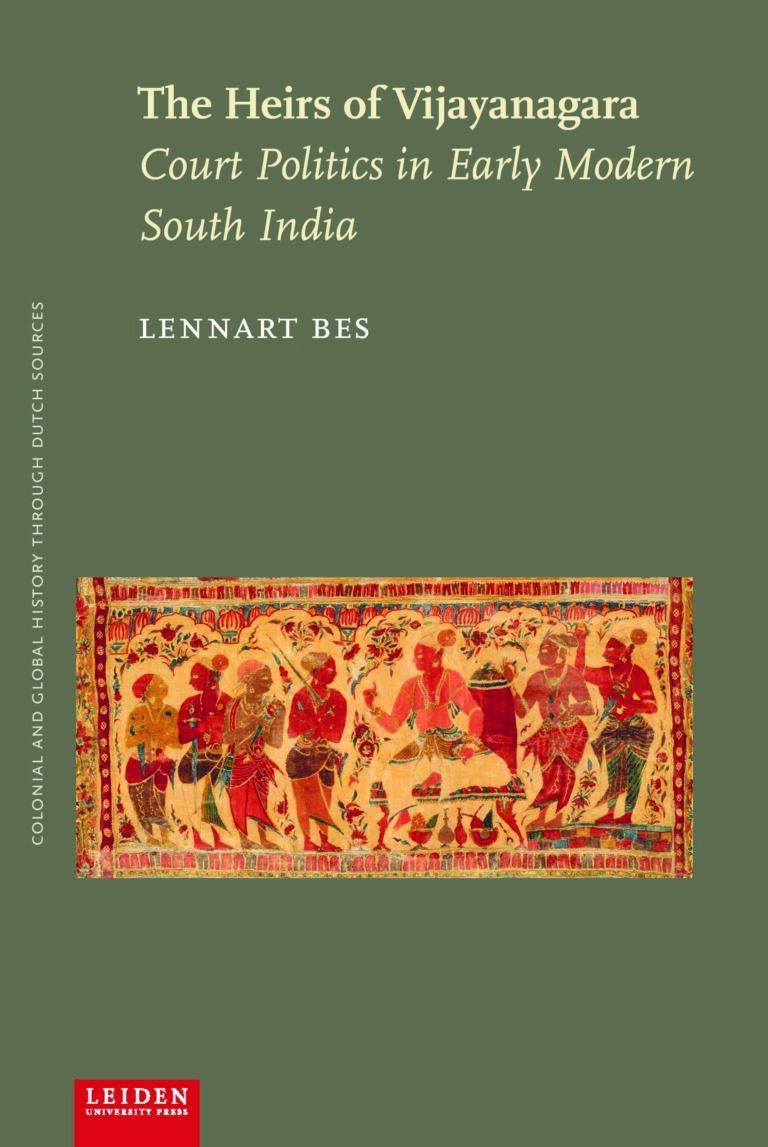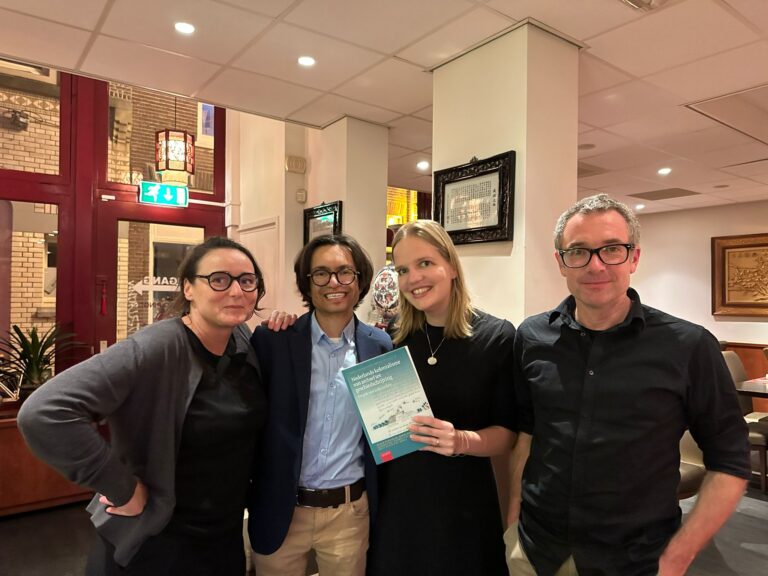Last week BA International Studies celebrated its 10th anniversary. A perfect moment to present the brand new textbook World History for International Studies by Prof. Dr. Isabelle Duyvesteyn. During this festive occasion Isabelle Duyvesteyn, Professor and the new programme chair of International Studies at the Institute of History at Leiden University in the Netherlands presented her book, and handed over the first copy to prof. dr. Richard Griffiths, Professor Emeritus at the International Studies Centre for Innovation of the Leiden University The Hague Campus.
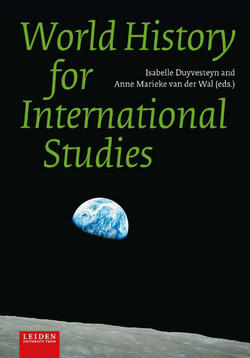
World History for International Studies is a handbook that emerged out of the history courses taught within the Leiden University International Studies program. The purpose has been to offer both a concise and comprehensive overview of world history and an introduction to the core concepts, methods, and theories that historians use. A handbook that fulfilled both these requirements was not available. ‘This prompted us as an author team to develop our own’ according to Isabelle Duyvesteyn.
Isabelle wrote the book with Anne Marieke van der Wal, Assistant Professor of African History and International Studies at Leiden University.
Strong didactics
‘Our pedagogical starting point was that we wanted to offer an active learning environment. Within the field of International Studies, there are many perspectives to pursue. To make the historical angle attractive and easily accessible, we devised a structure to offer the reader a series of thematic chapters. These themes do not only have value as historical lenses but reverberate in discussions among area studies, cultural, political, and language specializations.’
The book is divided into two parts. Part one starts in pre-history but emphasizes in particular on the period between 1000-1800. Part two takes off from the time of the Atlantic Revolutions and discusses themes with examples from 1800 onwards. The individual chapters act first and foremost as discussion starters for more detailed classroom debates. To facilitate these debates, discussion questions and suggestions for further reading are included at the end of each chapter.
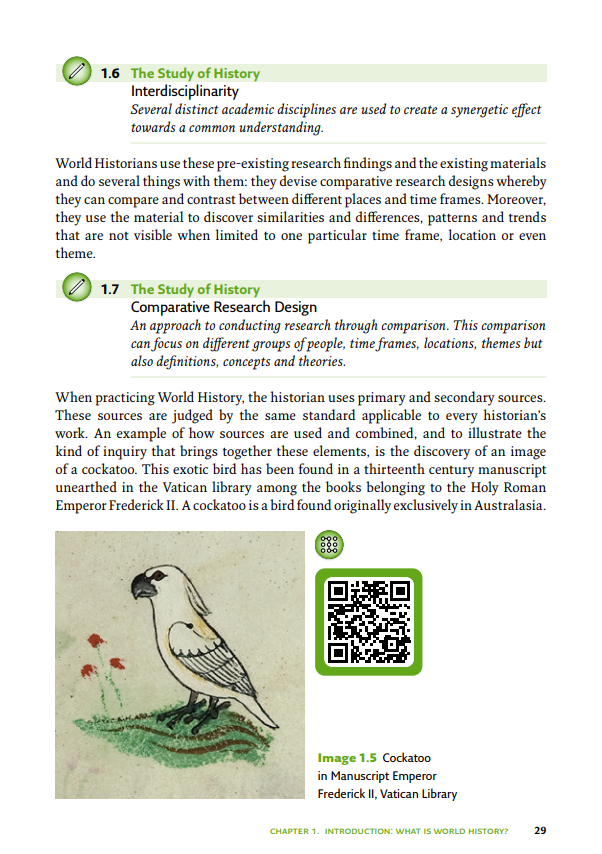
Things that talk
Moreover, to activate the reader’s interest, primary sources, which are crucial in the historian’s craft, are included in each chapter. These primary sources link to an online platform Things That Talk, where the source can be studied in more detail, in context, and with the aid of additional material. They are accessible via a QR code in the book. ‘We have paid special attention to the diversity of the sources and aimed to move away from the expectation of historians being only interested in paper archives. We include as sources a novel, a letter, a book, a medal, a temple, a baptismal basin, a proclamation, a shipwreck, and an epos. Through these sources, we illustrate the diversity of the historiographical debates and how sources have featured and changed debates, says Isabelle. Moreover, each chapter, while focusing on a theme, a region, and a source, extrapolates to wider regional and global discussions with contemporary relevance. In this way, the authors aim to make history come alive.
By way of illustration
In the chapter addressing communication, we not only treat the oral-literacy shift but also discuss the enduring importance of oral history today. The content of communication matters, but also the means and the methods and how they changed over time. What does this mean for ways of communicating today, including the use of social media? The theme of religion is tied in the chapter to an example from Asia where preexisting notions of what religion is supposed to mean, led scholars to faulty interpretations. This opens up the discussion about the application of perspectives and how these can predetermine outcomes in an investigation. The chapter about modernity not only discusses the concept but links this to a case study of China and the First World War. The war caused pressing questions about how to relate to modernity and how to find a place in the modern world. It is an invitation to discuss the problematic aspects of modernity.
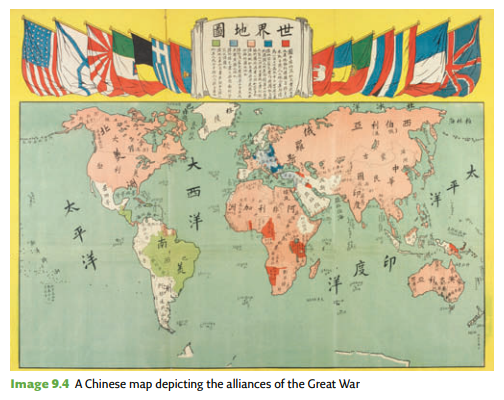
In short
Studying change in the course of human history, in different places, through the lens of a diverse set of core themes. World History for International Studies offers readers a set of windows into various debates historians conducted. Key themes, such as communication, trade, order, slavery, religion, war, identity, modernity, norms and ecology, are linked to specific world regions. They tell a story about how local ideas and individual contacts developed, started to overlap and became globally understood and used by ever larger groups of people. These themes are brought to life by a diverse set of key primary sources, such as a book, a letter, a medal, a temple and an epic, to showcase how historians have used sources to tell these stories and conduct debates. The book provides an introductory resource into the study of history and includes detailed suggestions for further study. The book is available via Open Access. And can also be ordered for 29,99 euro at the webshop >

